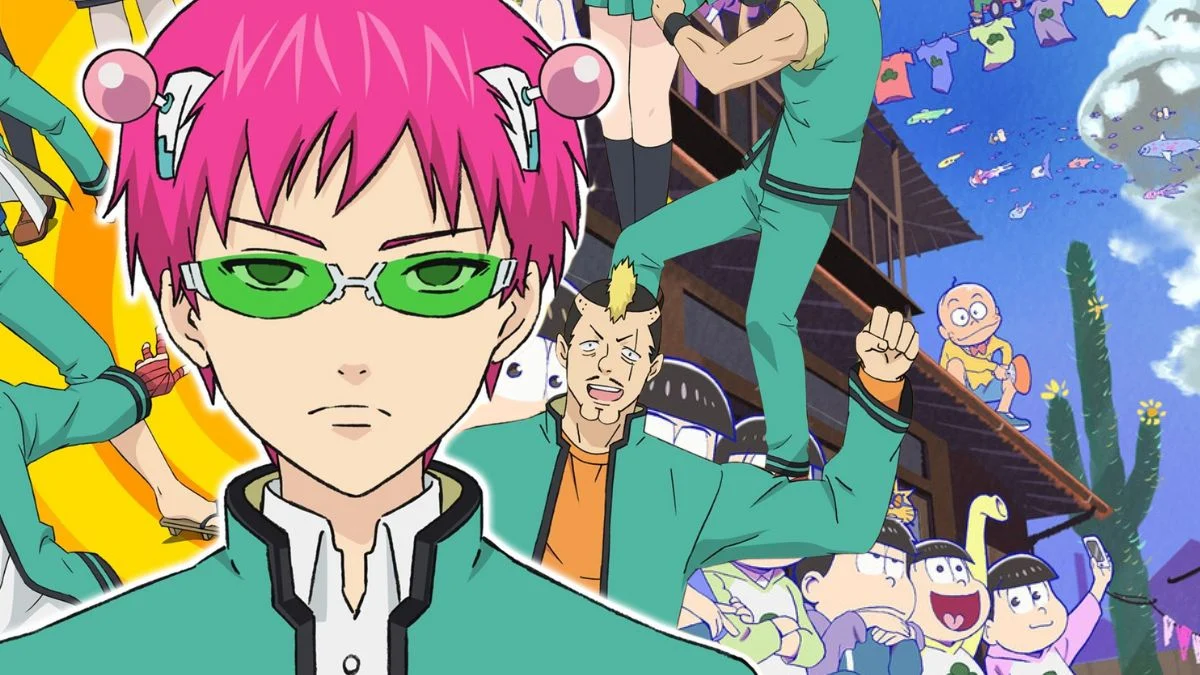
As a critic, I’ve seen a lot of anime transport you to other worlds, but some shows deliberately yank you back to reality – or rather, the reality that it’s all just a show. These series aren’t afraid to break the fourth wall, with characters directly talking to us or even messing with the animation itself. It’s a clever trick, often used for laughs or to playfully take apart what makes anime, well, anime. The result? Some truly bizarre and unforgettable scenes that completely throw out the usual rules of storytelling. It’s a risky move, but when it works, it really works.
‘Gintama’ (2006–2018)

This series is well-known for playfully breaking the fourth wall, constantly reminding viewers it’s just a show. Characters often joke about the limitations of production – like low budgets and recycled artwork – and even directly apologize for episodes that don’t advance the story, sometimes while frozen in a single shot. The main character, Gintoki, frequently mentions the author and scheduling changes as a humorous explanation for plot holes.
‘Pop Team Epic’ (2018–Present)

This quirky comedy series deliberately messes with what viewers expect. To reach the full episode length, the same scenes are shown twice, but with different voice actors. The art style constantly changes, jumping between traditional anime, rough sketches, and even clay animation. Plus, the characters often break the fourth wall in surprising ways – they’ll even ‘attack’ the people making the show or the publisher of the original manga within the program itself.
‘FLCL’ (2000–2001)
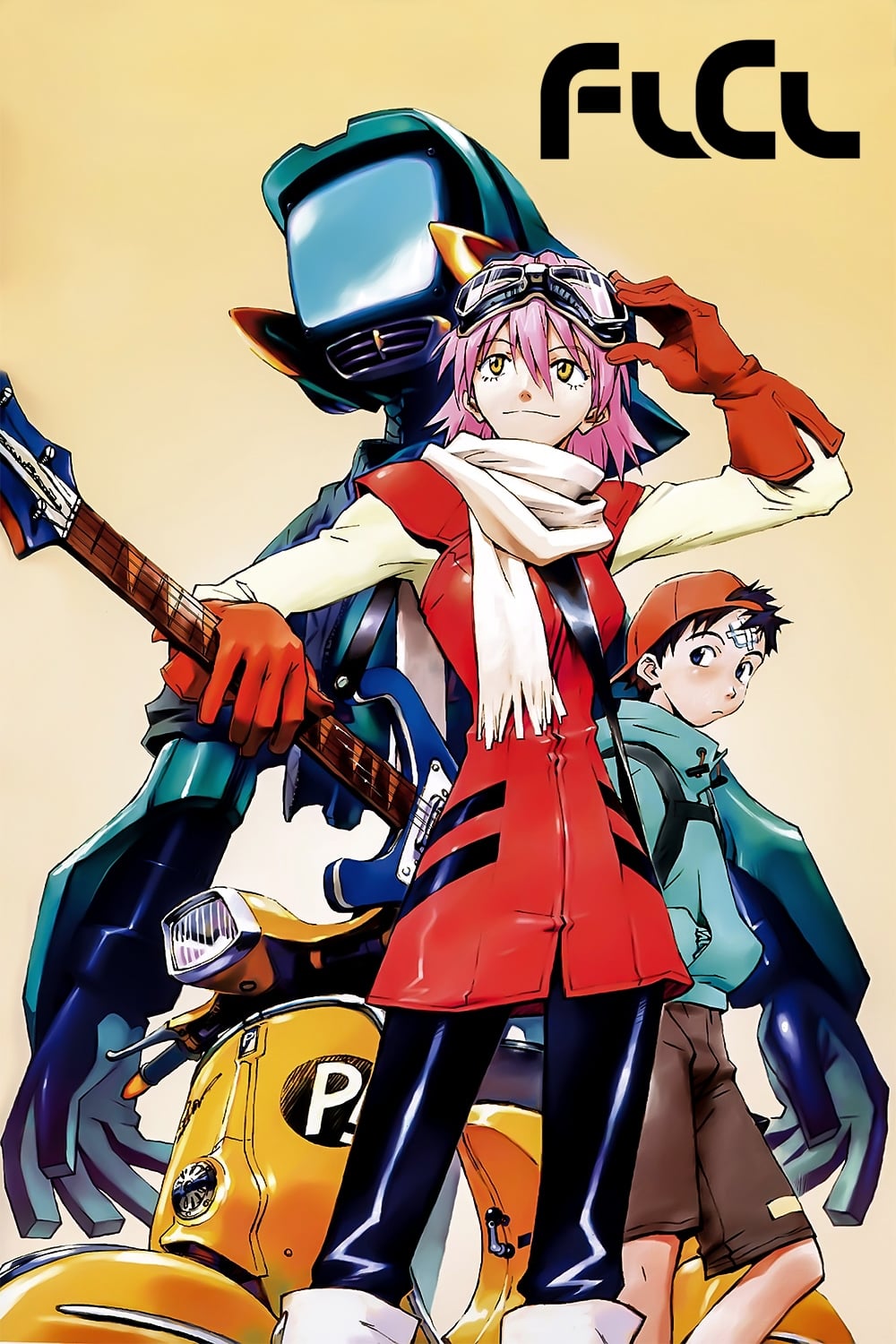
This fast-paced animated series visually reflects its protagonist’s inner turmoil by constantly changing animation styles. One striking scene throws traditional animation aside, presenting the action as if it were a moving comic book, with characters commenting on the quick transitions and struggling to follow the dialogue. The show cleverly portrays the screen itself as a tangible object that characters can interact with, even breaking or warping it.
‘The Disastrous Life of Saiki K.’ (2016–2019)

Kusuo Saiki has incredible psychic powers, but all he wants is a normal, peaceful life. He tells the story through his thoughts, often pointing out common anime clichés to the audience. He even uses his powers to make sure he looks completely ordinary to everyone else! Saiki’s sarcastic observations are like him talking directly to you, highlighting how ridiculous everything around him is.
‘Excel Saga’ (1999–2000)
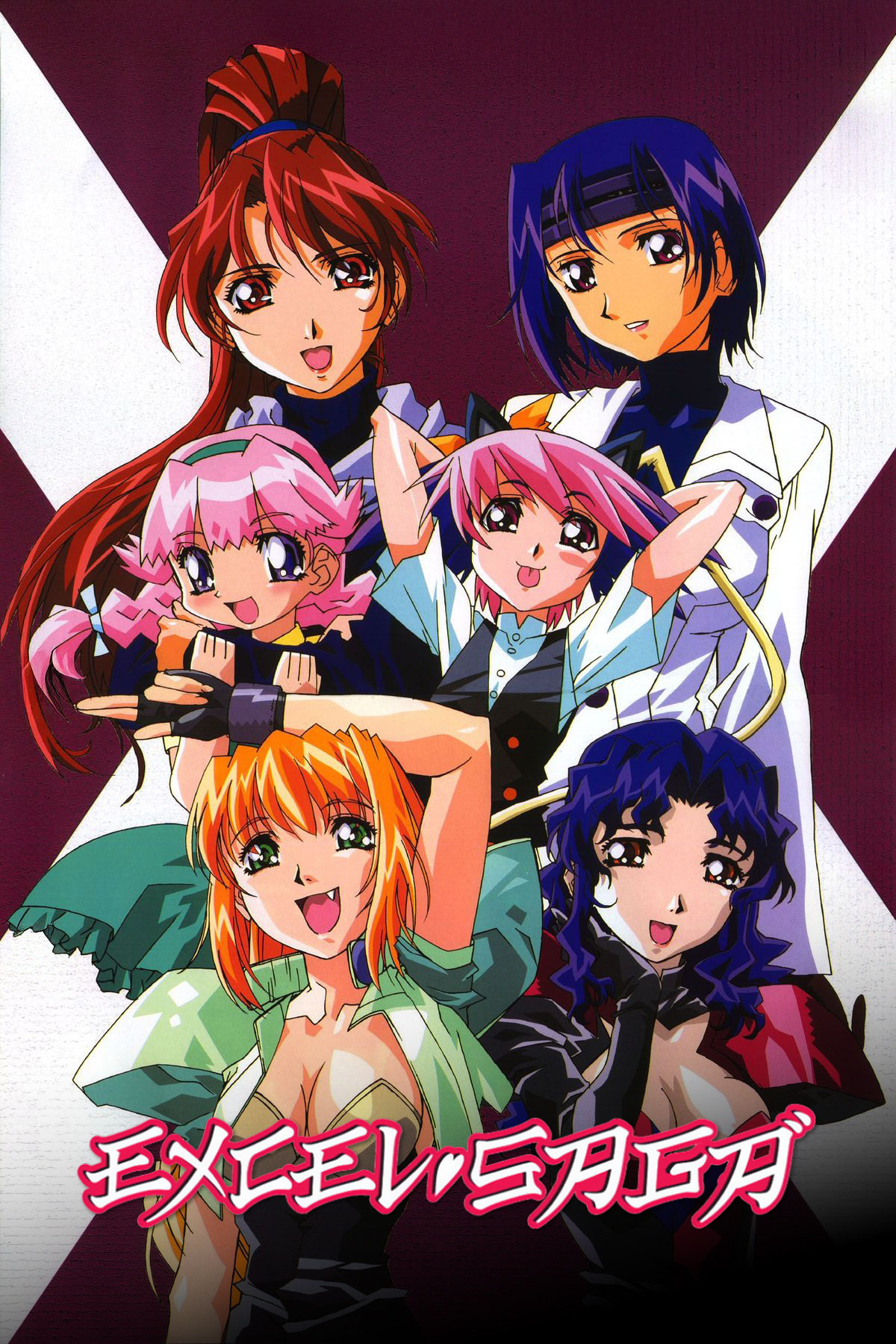
The series’ director makes appearances as a character named Nabeshin, often disrupting the story. The main character, Excel, repeatedly dies but is brought back to life by a powerful force to continue the show. Characters frequently acknowledge the type of episode they’re in and act based on that genre. The last episode was deliberately made overly shocking and strange as a way to get attention, even though it couldn’t be shown on TV.
‘Bobobo-bo Bo-bobo’ (2003–2005)

This bizarre anime is like a dream, and the characters know they’re in a TV show. They’ll even check the script or grumble about not getting enough screen time! Battles involve summoning strange, random objects – things that normally only the audience would see. And the narrator doesn’t just tell the story, they actually argue with the characters if they go off-script.
‘Kill la Kill’ (2013–2014)

Nui Harime, the show’s villain, does unsettling things with the way the anime is presented. She’ll cover the subtitles with her arms, blocking the text, and even touch the black bars at the top and bottom of the screen as if to show she controls everything. This creates the feeling that she’s not bound by the normal rules of the animated world.
‘Osomatsu-san’ (2015–2021)
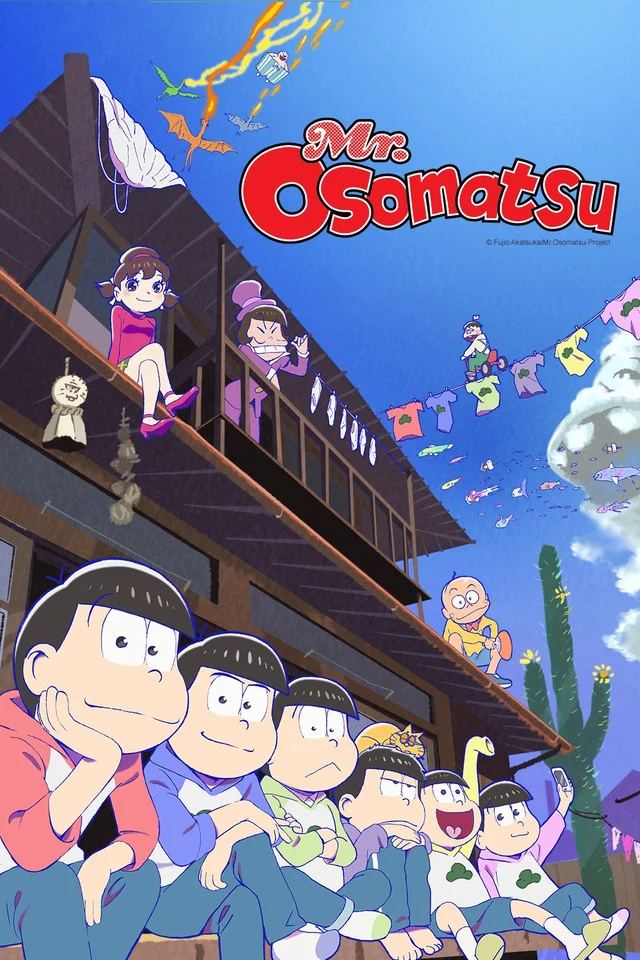
The six brothers in the show know they’re based on characters from older anime. The first episode shows them trying to update their look to attract modern anime fans, experimenting with different art styles and clichés to stay relevant. Ultimately, the show was removed from streaming platforms because it was considered too similar to the anime it was making fun of.
‘Ouran High School Host Club’ (2006)

The members of the Host Club often discuss what’s happening by comparing it to common storylines in shojo manga. Tamaki Suoh acts as if his life is a romance novel and tells everyone else how to act accordingly. Sometimes, the action pauses to allow on-screen text to explain what’s going on, similar to how manga panels work. The characters even comment on how the camera and lighting are used to make them look good.
‘Samurai Pizza Cats’ (1990–1991)
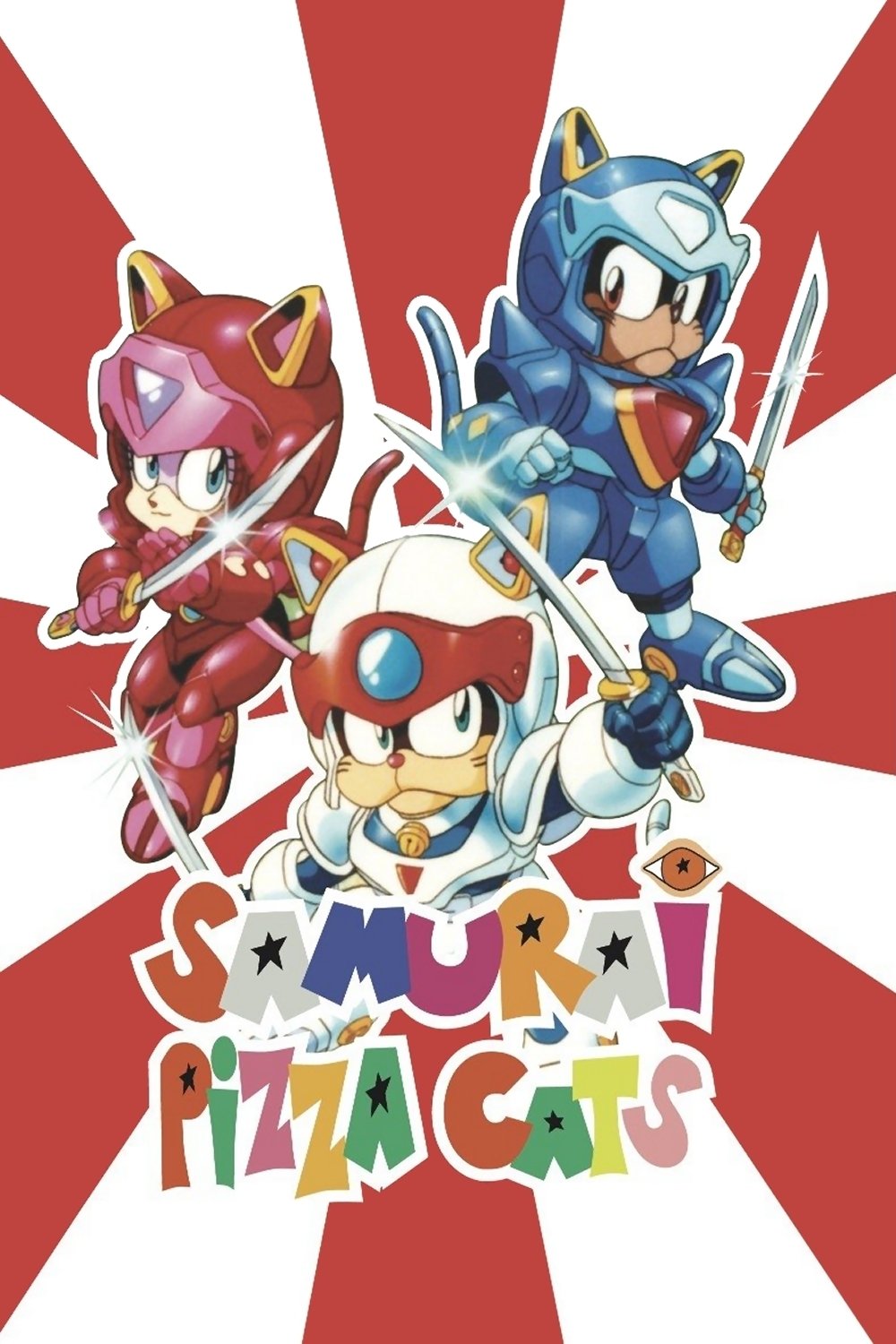
This series’ English dub is well-known for straying far from the original Japanese storyline. The narrator openly jokes about the plot’s inconsistencies and the predictable ‘monster of the week’ formula. Characters frequently break the fourth wall, complaining about forgotten lines or low pay. It’s as if the voice actors are providing a running commentary, playfully teasing the show as they record it.
‘Anime-Gataris’ (2017)

The story starts like a typical high school anime club series, but it quickly becomes much darker. The characters begin to suspect they’re living inside an anime that’s about to be cancelled, noticing things like disappearing backgrounds and worsening animation as production winds down. They’re forced to struggle against the inevitable end credits to save themselves from being erased.
‘Space Patrol Luluco’ (2016)
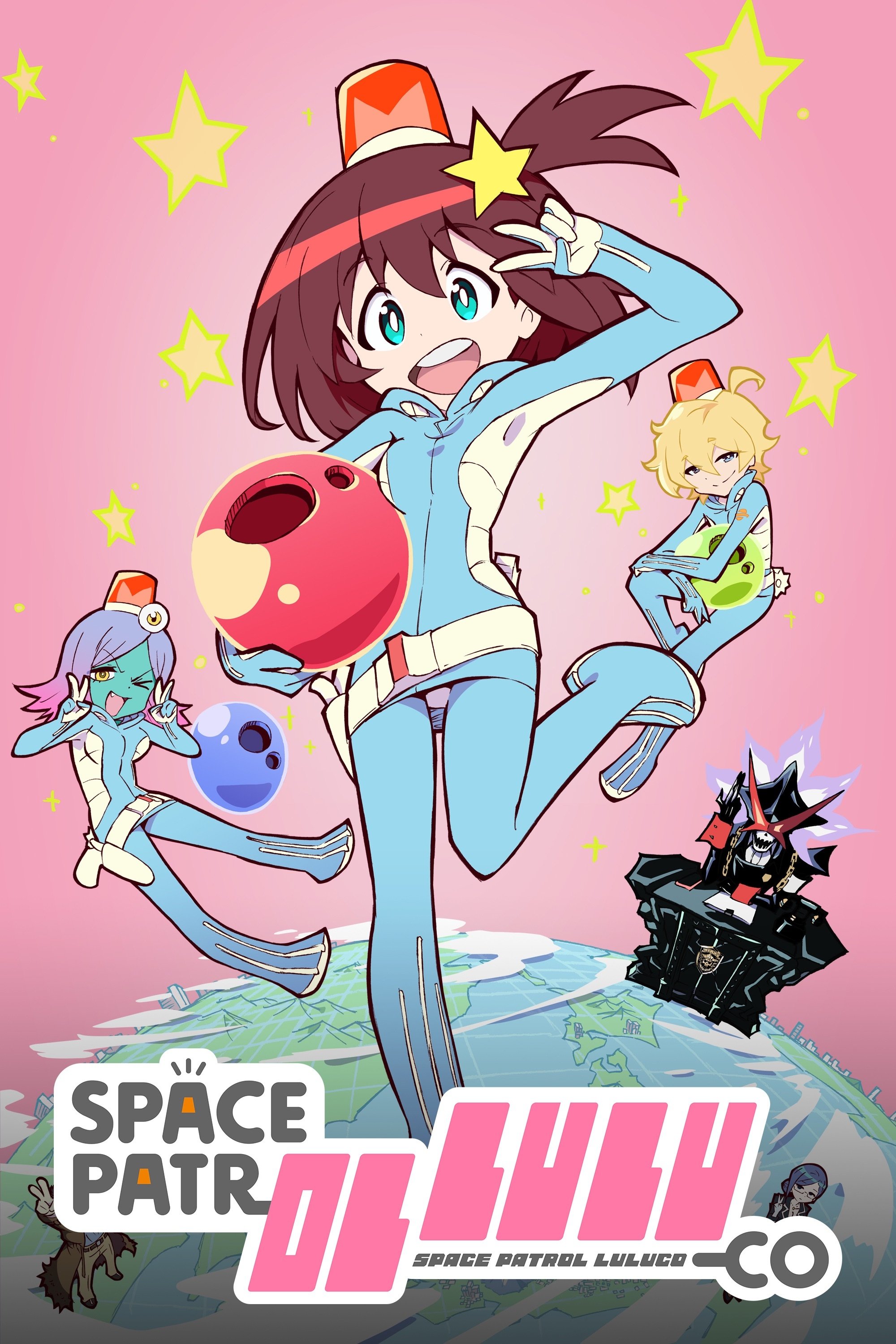
Luluco is a typical middle schooler, except she lives in a wildly chaotic galaxy! The show is fun because characters from other Studio Trigger shows pop up in her story. Luluco has a really strange ability – she can turn into a gun! – and she’s constantly pointing out how illogical everything is. The ending is especially clever, with Luluco seeming to break the fourth wall and connect with the Studio Trigger logo itself.
Share your favorite fourth-wall-breaking anime moment in the comments.
Read More
- DOGE PREDICTION. DOGE cryptocurrency
- Calvin Harris Announces India Debut With 2 Shows Across Mumbai and Bangalore in November: How to Attend
- The Relentless Ascent of Broadcom Stock: Why It’s Not Too Late to Jump In
- EQT Earnings: Strong Production
- Heights Capital Bets $16M on ImmunityBio: A Calculated Gamble?
- TON PREDICTION. TON cryptocurrency
- Why Rocket Lab Stock Skyrocketed Last Week
- Docusign’s Theatrical Ascent Amidst Market Farce
- HBO Boss Discusses the Possibility of THE PENGUIN Season 2
- Taika Waititi to Ruin Dredd with Goofy New Movie
2025-11-23 03:45